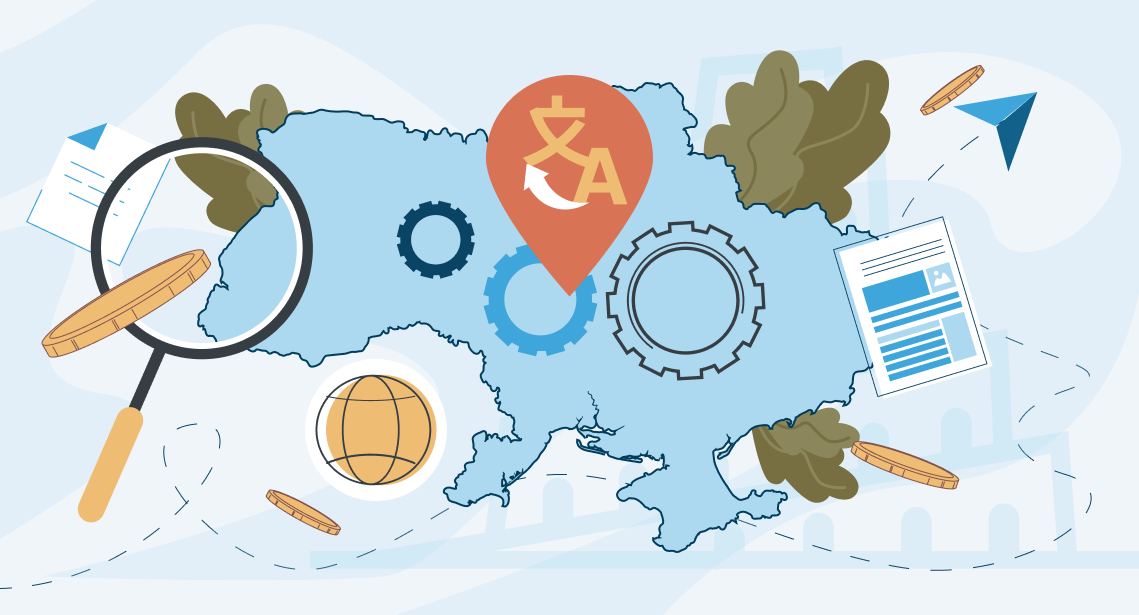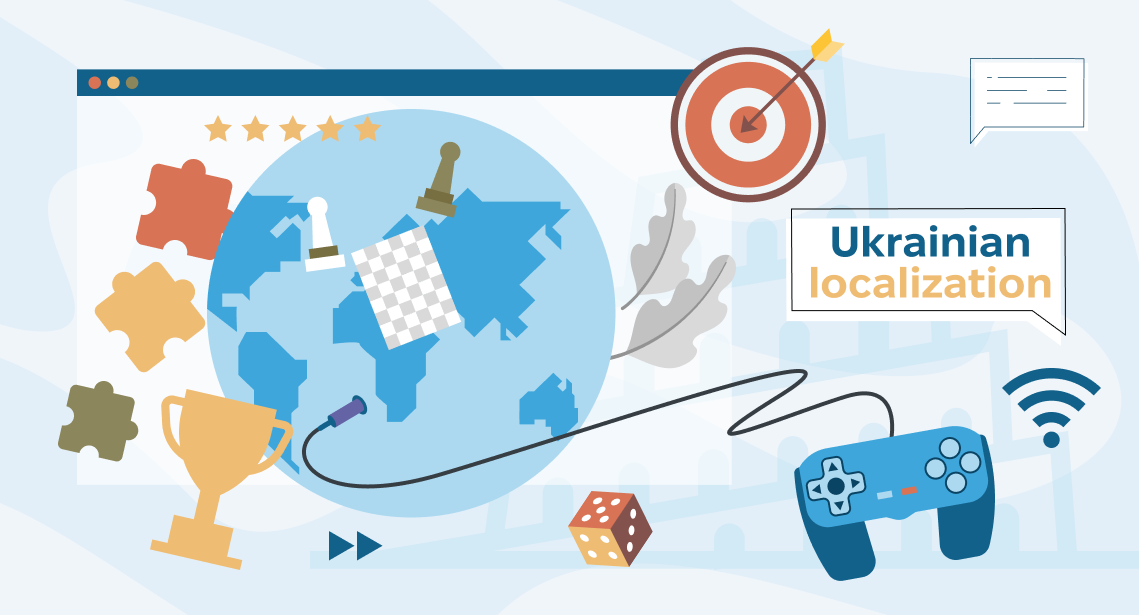How to Differentiate a Good Ukrainian Translation and Language Services Provider

That’s a question we ask when trying to put ourselves in our customers’ shoes. Imagine receiving two quotes from Ukrainian translation companies. Each of them claims they provide the best quality possible; both are from a top-5 list and have a good reputation score. So why is the price 20% different?
Let’s exclude the explanation “they just have a bigger margin” and assume that profitability in both companies is similar. Ultimately, it comes down to the expenses they incur for this type of translation service in Ukraine.
The main problem is that “service” or “quality” terms are not clear in all the above considerations. For example, when you order a high-quality Ukrainian translation, what do you mean? Can you define quality? Do you have measurements for it? Or is it just an “I like/dislike it” criterion? And if you want “translation,” does it mean only translation, or also coordination with quality checks, cultural adaptation, or localization services?
You see, there is a big difference between industry standards and customer perception when it comes to evaluating the quality of Ukrainian translations. Inside the translation industry, there are special metrics with precise requirements. Mistakes are clearly defined, and each type of mistake has its own severity. A translation is “excellent” or “good” if the number of mistake points does not exceed a certain level. And when you claim there’s a “mistake,” you have to refer to a violated formal rule. On the other hand, competing translation providers in Ukraine often evaluate each other’s work harshly, even for minor issues like a missing comma or a double space.
Usually, final customers are not aware of these professional debates between linguists. They just like the translated text or not. They may not notice missing commas, typos, or stylistically awkward phrases. That’s fine for them. But it can also go the other way: someone on the customer’s side may start editing the text heavily just because they want to or “have a feeling,” sometimes even introducing mistakes that professional translators consider “childish” (like commas, typos, grammar). And the main challenge for a Ukrainian translation agency here is not delivering the translation itself but building effective communication.
So, as you can see, there is no clear and universal definition of a “good translation,” especially outside professional circles. Knowing this, any translation company in Ukraine faces a dilemma when preparing a quote: whether to stick to all industry standards or just assume the customer will be happy even if those standards are not followed in full. That makes a price difference.
A company offering a 20% higher price can easily lower it to the competitor’s level. Most likely, it just means removing stages of the workflow that the competitor does not provide anyway—for example, proofreading by a second linguist, or using a set of automated QA checks with specially developed tools and scripts.
There are pretty simple methods of lowering the price: hiring a cheaper linguist and skipping workflow steps. The quality gets lower, but will the customer notice it?
So, it all comes to understanding the customer’s requirements and the real level of quality they want. And no one will ever say: “We don’t need those super-thorough quality checks, just make it readable and that’s enough.” Everyone will say “high quality,” but each will imply something different. Sometimes it requires a meticulous level: translation, proofreading, automated checks, client feedback, root cause analysis, and even heated debates over every comma or stylistic correction. Sometimes “good enough” really means light post-editing of the text received from Google Translate. You never truly know the customer’s requirements, especially outside the professional translation services industry.
Last but not least: how do you know the provider is delivering what they promise? Saying is easier than doing, while marketing and sales may work far better than production and project management. So if the contract is signed based only on first impressions, it may be a trap.
So, in the example of two Ukrainian translation agencies quoting 20% different prices for seemingly the same service, the explanation is that they assess the customer’s expectations differently. The higher-priced one bets on a very quality-demanding customer, the lower-priced one bets on a “good enough” customer. But the trap is that for many customers, price may seem like the only difference, so the “simpler” service wins. The “good enough” customer gets what he wants. At the same time, the quality-demanding customer may end up somewhat dissatisfied—but by then it may be too late to switch. He may even think the other company would deliver the same.
* * *
When choosing between translation providers in Ukraine, don’t just rely on price, and make your requirements clear. Ask what exactly is included in their “quality” promise. Do they use a second linguist for proofreading? Do they run automated quality checks? How do they define and measure mistakes? A cheaper quote may simply mean fewer steps or less-experienced linguists. Be clear about your real expectations, whether you need top-level accuracy with cultural adaptation or just a “good enough” readability.
The safest choice is the provider who can explain their workflow transparently and show how they ensure quality, not just the one that looks cheaper on paper.




